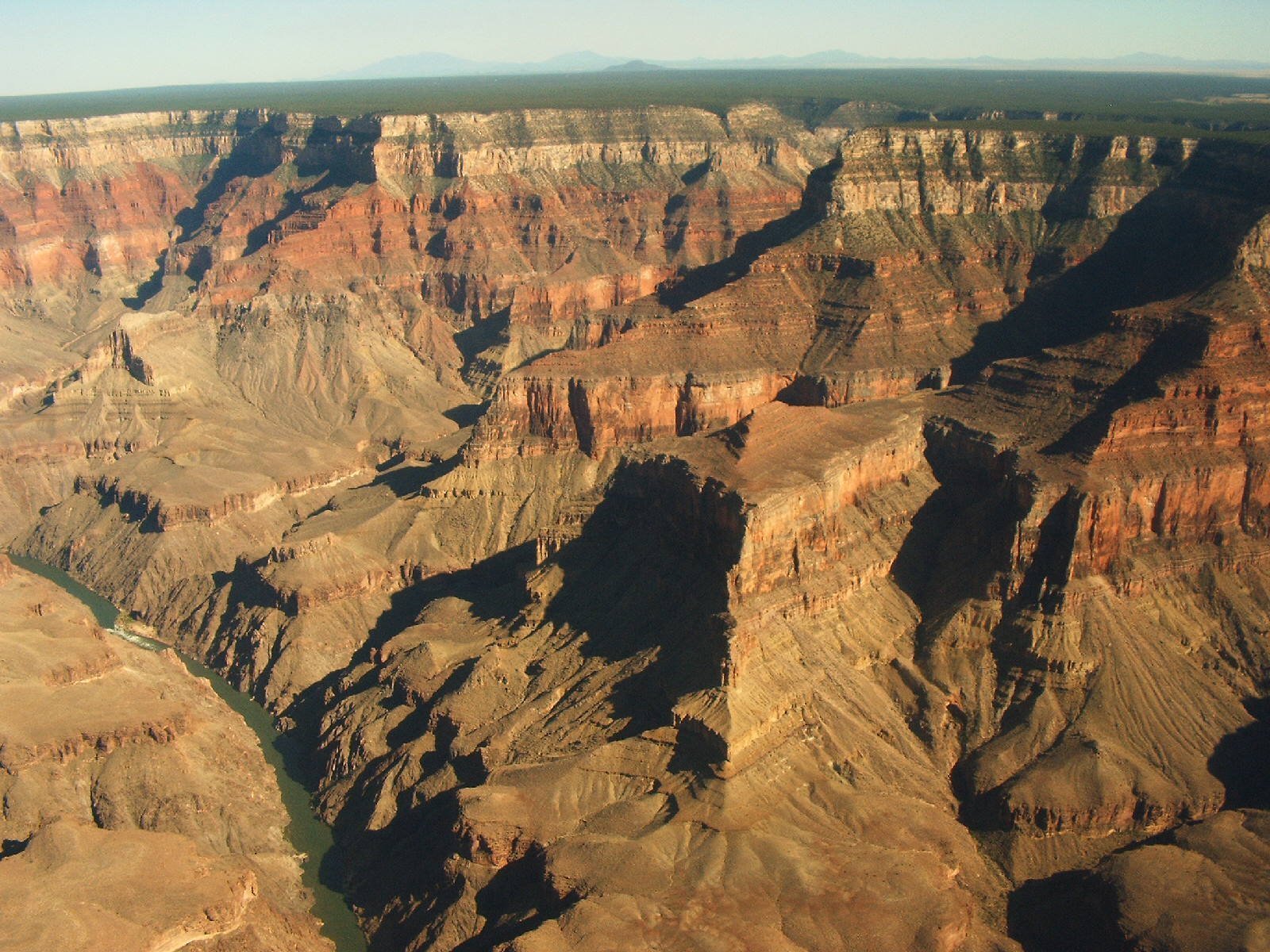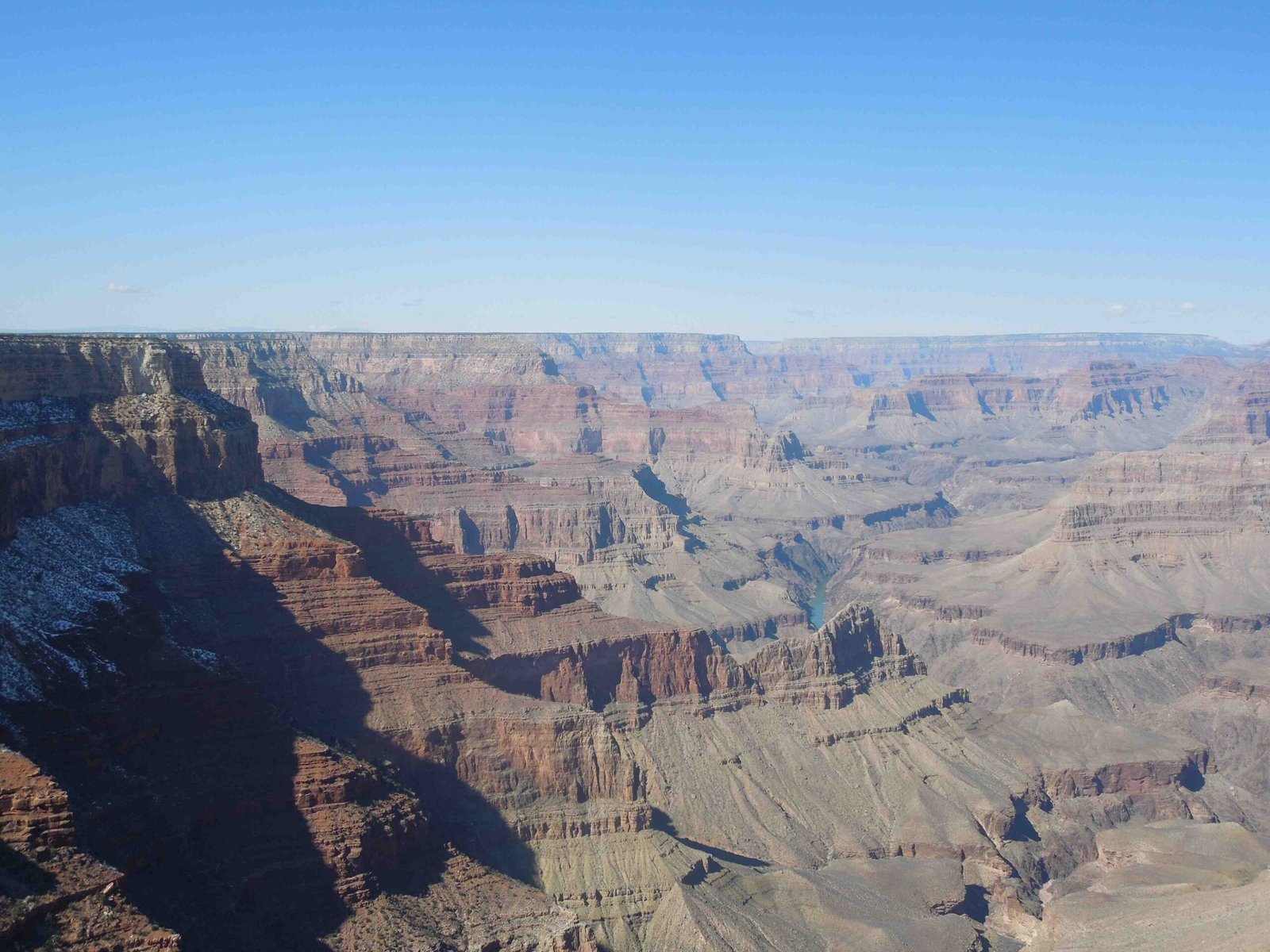The Grand Canyon, a magnificent geological marvel, emerges exclusively within Arizona’s northwestern landscape, stretching across Coconino and Mohave counties. This extraordinary natural wonder spans approximately 277 miles, carved meticulously by the Colorado River’s persistent flow, creating one of the most spectacular geological formations on the planet.
What Defines the Grand Canyon’s State Location?

The Grand Canyon is entirely situated in Arizona, specifically in the northwestern portion of the state. Its precise geographical boundaries encompass:
- State: Arizona
- Counties: Coconino and Mohave
- Latitude: Approximately 36.266033°N
- Longitude: Approximately -112.363808°W
How Large is the Grand Canyon in Arizona?
| Dimension | Measurement |
|---|---|
| Length | 277 miles |
| Width | 18 miles (at widest point) |
| Depth | Up to 6,093 feet |
What Makes Arizona the Perfect State for Grand Canyon?
Arizona’s unique geological composition and topographical diversity create an ideal environment for the Grand Canyon’s formation. The state’s:
- Geological History: Sedimentary rock layers dating back nearly two billion years
- Climate Conditions: Arid environment preserving geological structures
- Elevation Variations: Dramatic landscape supporting canyon formation
Where Can Visitors Access the Grand Canyon in Arizona?
Visitors can explore the Grand Canyon through multiple access points within Arizona:
- South Rim: Most popular and accessible area
- North Rim: Less crowded, seasonal access
- Grand Canyon Village: Primary visitor center and amenities
- Desert View Drive: Scenic route with multiple overlooks
What Geological Processes Created the Grand Canyon?
The canyon’s formation results from complex geological processes:
- Erosion: Colorado River’s continuous cutting action
- Tectonic Movements: Uplift of the Colorado Plateau
- Rock Layer Composition: Varied sedimentary rocks enabling differential erosion
How Does Climate Impact the Grand Canyon’s Arizona Landscape?
Arizona’s climate significantly influences the canyon’s characteristics:
- Temperature Range: Extreme variations between rim and canyon floor
- Precipitation: Limited rainfall accelerates erosion processes
- Solar Radiation: Intense sunlight contributes to rock weathering
What Wildlife Inhabits the Grand Canyon’s Arizona Territory?
The canyon supports diverse ecosystems:
- Mammals: Bighorn sheep, mountain lions, elk
- Birds: California condors, golden eagles
- Reptiles: Various lizard and snake species
Are There Restrictions for Exploring the Grand Canyon?
Visitors must adhere to specific guidelines:
- Entrance Fee: $35 per vehicle (7-day pass)
- Hiking Regulations: Permit requirements for backcountry access
- Safety Protocols: Mandatory guidelines for rim and trail activities
What Cultural Significance Does the Grand Canyon Hold in Arizona?
The canyon represents:
- Native American Heritage: Home to Pueblo, Navajo, and Hopi tribes
- Geological Research: Critical site for understanding Earth’s history
- Tourism Economic Impact: Major contributor to Arizona’s economy
Conclusion

The Grand Canyon stands as a testament to Arizona’s extraordinary natural landscape, offering an unparalleled geological narrative that continues to captivate scientists, adventurers, and tourists worldwide.

